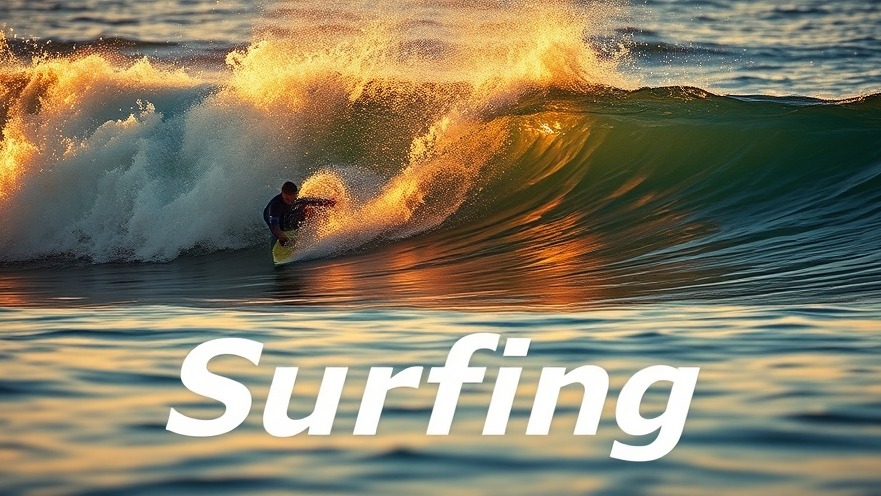
Discover the Charm of Ocean Beach, San Diego
Nestled just south of the entrance to the Mission Bay channel, Ocean Beach defines California's beach life with its laid-back atmosphere, quirky shops, and stunning ocean views. Whether you're seeking a tranquil spot to soak up the sun or a vibrant place to enjoy activities with friends and furry companions, Ocean Beach has something for everyone.
A Variety of Beach Experiences Awaits
One of the remarkable features of Ocean Beach is its diverse beach offerings. Visitors can choose from a secluded escape, a surfing hotspot, an inviting swimming beach, or the beloved Dog Beach — the first off-leash beach in the U.S. Each area is enhanced by lifeguards diligently watching over beachgoers, ensuring a safe experience for all. The designated surfing zones attract both novice and seasoned surfers, creating a sense of community and excitement in the waves.
The Iconic Ocean Beach Municipal Pier
At the southern tip of the beach lies the Ocean Beach Municipal Pier, a favorite spot for fishing and leisurely strolls. This nearly 2,000-foot long structure juts into the Pacific Ocean, offering breathtaking views and a chance to fish without a license. Families enjoy meals at the pier's restaurant while local fishermen share tales of their catches, adding to the charm of this iconic location.
Culinary & Commercial Delights
As you venture away from the sandy shores, immerse yourself in the vibrant local culture. The streets of Ocean Beach are lined with restaurants, boutiques, and coffee shops that reflect the area's eclectic vibe. From fresh seafood fare to funky artwork, there’s no shortage of surprises waiting to be discovered on your stroll through town.
The Unique Experience of Dog Beach
Among Ocean Beach's most famous attractions is the Dog Beach — a sanctuary for dogs and their owners. This leash-free haven fosters a unique sense of camaraderie among those who frequent it. Imagine dogs running freely along the shore, splashing in the waves, and playing catch with their owners! It's a joyful gathering place, epitomizing the spirit of Ocean Beach where pets are valued as family members.
Staying Safe While Having Fun
To keep everyone safe, lifeguards are on duty from morning until dusk. Despite Ocean Beach’s allure, it’s important to be mindful of potential hazards like rip currents. Lifeguards are friendly and eager to provide assistance, making it a great idea to consult them about safe swimming practices. Their presence not only promotes safety but enhances the sense of community — a reassuring reminder that help is always at hand.
Embracing the Ocean Beach Spirit
Encapsulated by beachgoers, surfers, laughter, and the occasional bark from dogs, Ocean Beach represents one of southern California’s cherished communities. As you venture to this vibrant locale, keep your senses open to the warmth of the sun, the smell of the ocean, and the smiles of those around you. Ocean Beach isn’t just a destination; it’s a lifestyle that celebrates freedom, connection, and above all, joy amidst nature.
 Add Row
Add Row  Add
Add 




Write A Comment